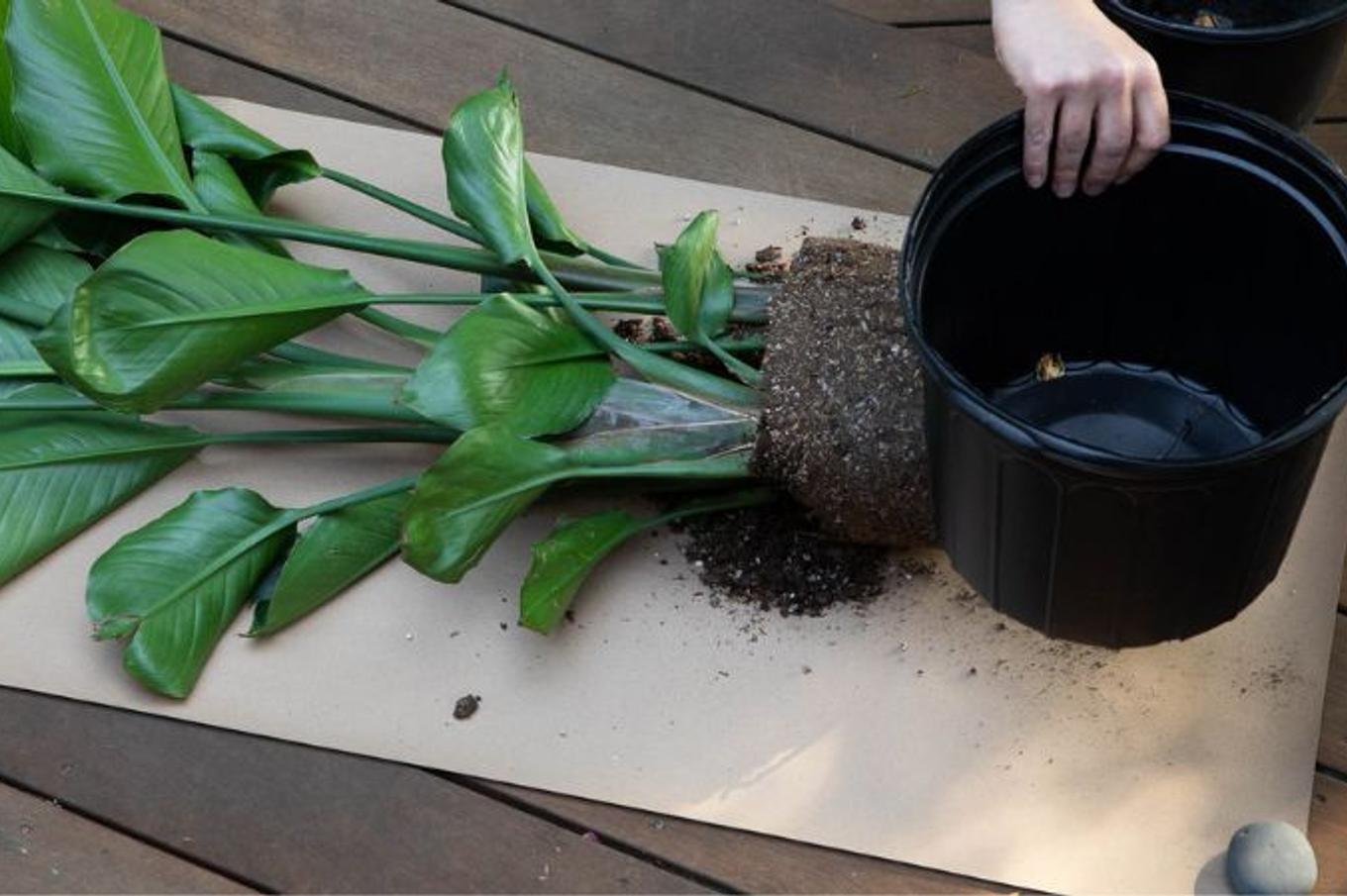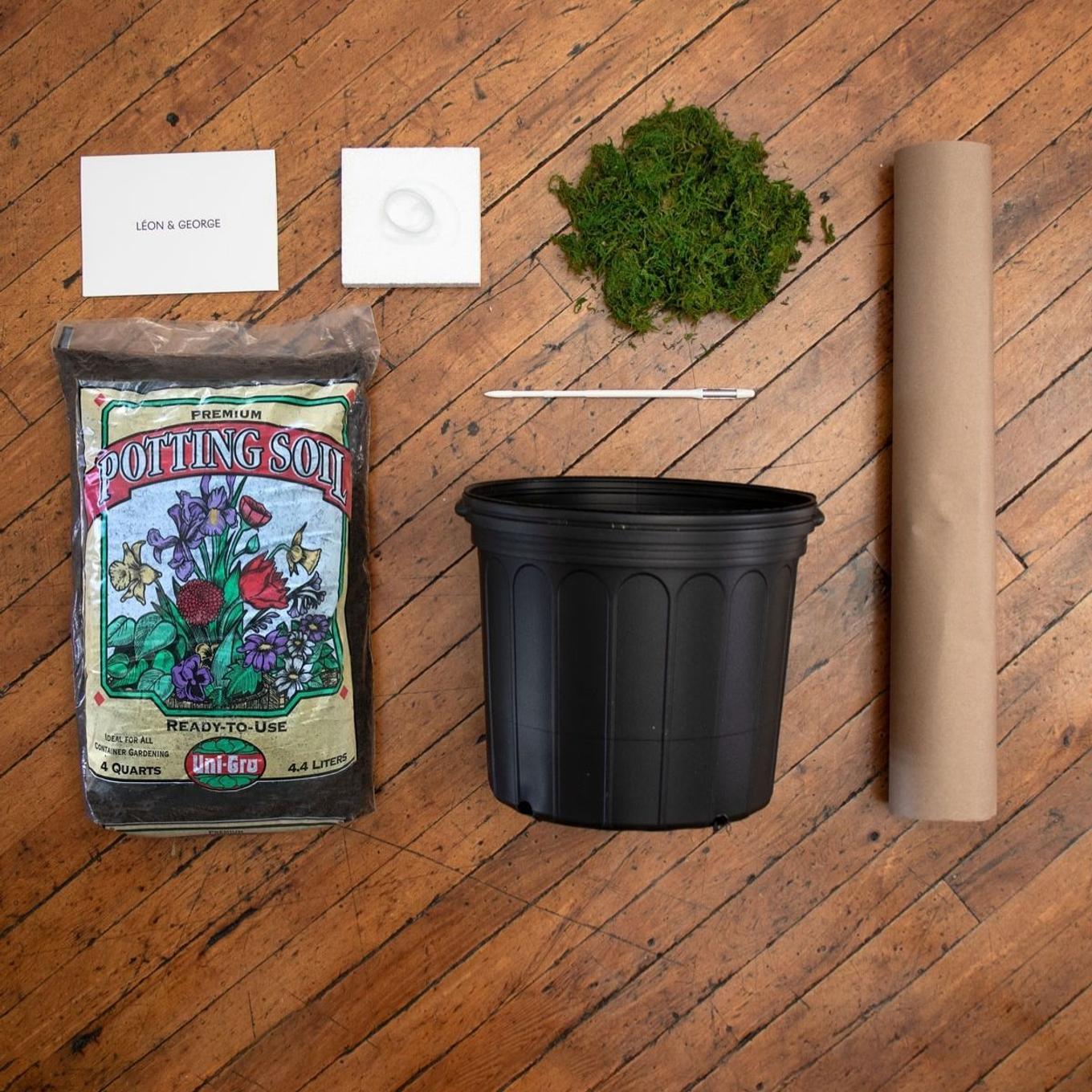The Do's & Don't's of Repotting Plants

Repotting plants is a simple task, but there are a few tips and tricks to maximize the benefits of this plant care routine. Here are our Plant Doctor’s top ten Do’s and Don’ts when it comes to repotting your plants!
Don’t Size Down (Usually)
In most cases, you will either keep the same size or size up when repotting. There is no benefit to repotting in a smaller pot unless you are propagating and separating the plant into two or more new ones, or you are repotting a plant that has had root rot and as a consequence has very few healthy roots left.
Don’t Repot Into A Huge Container
A big part of repotting is giving plants more room to grow. That said, you don’t want to give them too much room. Why’s that? Most plants like to have their roots very snugly packed. A pot that’s too big may lead to poor root health and a sad looking plant overall.
DON’T Leave Any Air In The Soil
Make sure that your plant’s new soil is well-packed when repotting. This not only adds stability to the plant, but also ensures their soil is as nutrient-dense as possible!
DON’T Fertilize right after repotting
Moving can be stressful! Let your plant acclimate for at least a week or two after repotting before introducing any plant food.

Deluxe Repotting Kit
Thoughtfully curated for a mess-free experience at home, each kit comes with everything you’ll need for repotting plants, including step-by-step instructions and a video tutorial to follow along the way.
DO Provide Proper Drainage
One of the most important aspects of repotting plants is drainage. There are many ways to provide drainage for your plant (even when using pots with no drainage hole), and paying attention to this element is absolute key to the health of your newly repotted plant. Without adequate drainage, it is essentially guaranteed that your plant's roots will rot over time.
DO Repot in the spring or summer
The best time to repot is when your plant is in active growing phase, or during the spring and summer. This is when your plant is at its strongest, and will bounce back from any stress more easily.
DO Repot in the Same or Slightly Bigger Container
Repotting doesn’t always mean giving your plant a bigger pot. Sometimes you’ll repot just to provide your plant with fresh new soil. That said, if you do decide to size up, use a pot that’s only slightly bigger in diameter — 2 inches is great — so that your plant still enjoys a snug home.
Do Consider Separating If Necessary
Sometimes plants will be too big for their own good. If sizing up is not an option, you may consider separating your plant into two or more plants (this is a method of propagation).
Do Use Fresh Potting Soil
When it comes to soil, it’s best not to recycle. Fresh, unused potting soil will have plenty of nutrients that your plant craves.
Do Water Thoroughly After Repotting
Give your plant one big drink once it’s settled in its new home, and get ready to watch it flourish!
Ready to get repotting? Our Deluxe Repotting Kit is a complete set of everything you need (and nothing you don’t) to repot large and XL Léon & George plants.
SHOP PLANTS
SOURCES
This article was written with insights from the certified Plant Doctors at Léon & George. Experts in botany and horticulture, our Plant Doctors are seasoned professionals with years of experience caring for plants, both in their work and at home as passionate hobbyists. Their guidance ensures that our plant care recommendations are rooted in scientific knowledge and practical expertise.
Léon & George customers enjoy free, 24/7 access to Plant Doctors through their account homepage. Not a customer but need expert advice? Book a video call or wellness visit today to keep your indoor greenery thriving.